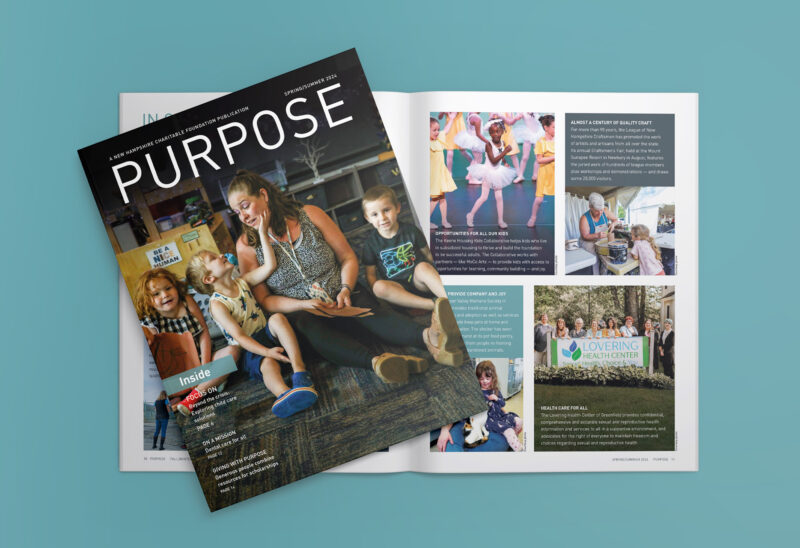At the Mt. Kearsarge Indian Museum in Warner, educators address two common misconceptions: That Native Americans died off more than 200 years ago, and that before then, Native people who lived across the continent thought alike, dressed alike and shared the same food and traditions.
In a way, those misperceptions are understandable, said Museum Executive Director Andrew Bullock. New Hampshire does not officially recognize any resident Native tribes and there are no Native reservations in the state. But he said a closer look shows the Native community has never gone away.
The land that is New Hampshire is the traditional home — past and present — of Native groups known collectively as the Abenaki, which is part of the Wabanaki Confederacy. Current population estimates range as high as 3,200, Bullock said.
“Native people still live here in New England and they are your neighbors or work at the supermarket or are your doctor,” Bullock said. “It’s a really vibrant community that’s just simmering below the surface.”
Founded in 1990, the Museum presents 20,000 years of the diverse culture, rich history and current contributions of North America’s Native people through exhibits, art displays, lectures, craft workshops, nature walks and by amplifying contemporary Native voices.
“Our job is to open the lines of communication so our guests and visitors connect with Native people and find out directly what the Native artist thinks about their work, why a Powwow is important,” said Bullock.
To continue accomplishing that mission, the Museum quickly adapted when COVID-19 limited face-to-face contact.
“So much of Native history is that oral tradition, some people call it ‘The Moccasin Telegraph,’ where you connect with people on that human level,” Bullock said. “It’s those interactions, the connections with people, that really help us drive our mission.”
With a lot of creativity, help from generous donors and an operating grant from the Foundation, the Museum moved many workshops, lectures, tours and its major fundraising Powwow online. The pivot has helped the Museum stay relevant and active during the pandemic — and vastly increased its reach.
The last two-day Powwow before the pandemic, in July of 2019, attracted about 2,500 guests. In 2020, more than 21,000 people around the world took part in an online Powwow that included dancing, speakers, workshops and conversations with Native people. There was no formal Powwow in 2021, but plans are underway to gather again, in-person, in July of 2022.
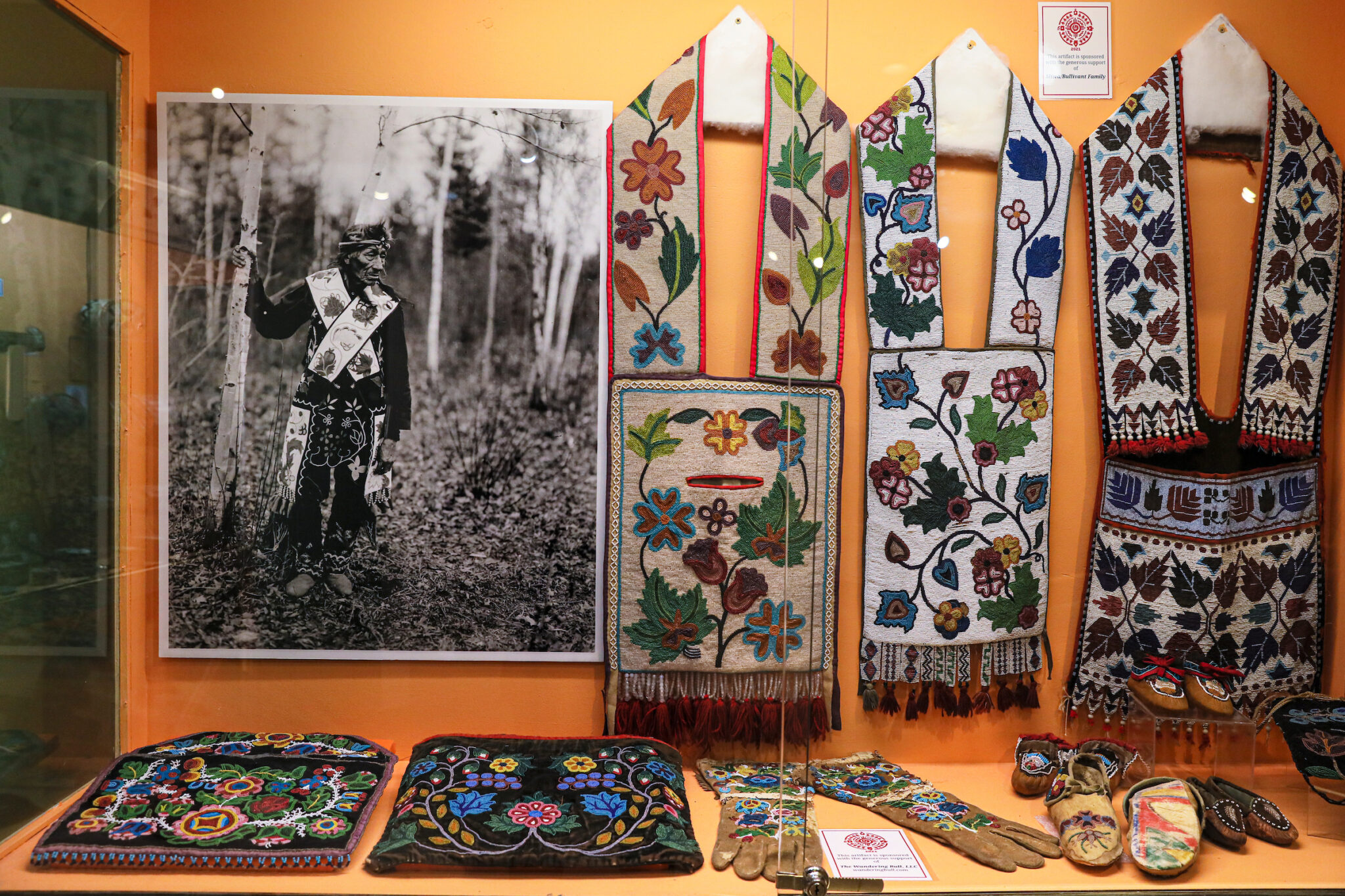
The Museum takes in-person or virtual visitors on journeys across North America through seven galleries that showcase a different region’s Native history and contemporary art.
Displays range from canoes to clothing, beads to baskets and even a centuries’ old pair of wooden snow goggles like those that Native people also carved from whalebones and antlers to protect their eyes from blinding snow glare in the far north.
Amplifying contemporary Native voices and issues
The Museum also houses a Contemporary Art Gallery where Native artists tell their stories through art.
“We give a voice to contemporary Native artists because up until very recently, anything Native American was relegated to a museum of natural history — kind of between the dinosaurs and mineral specimens,” Bullock said. “There was nothing about humanity, it was just this caveman mentality of ‘lump them all in one area and make sure people know they are all gone.’”
Last summer, many artists exhibited their work throughout Warner and Hopkinton in the Kearsarge Open Studios Program. Several Native artists who are part of the Abenaki Trails Project of the Nulhegan Band of the Coosuk Abenaki Nation, displayed their work in the Museum gallery.
The Abenaki Trails Project honors and shares the history of the Abenaki people who have lived in New England for centuries before Colonial times. The Museum plans to support the Project in other ways, including hosting Abenaki winter games.
Part of the Museum’s mission is to shine a light on important current issues affecting Native people.
In 2019, a group of Native women performed a healing dance at the Museum Powwow to bring attention to the cause of missing and murdered Native women in the U.S. and Canada. Some of the same women also created an exhibit at the Museum through 2020 to highlight how the number of victims is vastly underreported or dismissed.
“This is such a trauma in Native communities that lot of people are not aware of,” Bullock said. Recent news stories have also brought to light the trauma inflicted on Native children at residential schools run by the U.S. and Canadian governments. Mass graves of children who died at the schools continue to be discovered.
Preserving tradition and the environment
It’s in discussions about Native issues or in workshops to preserve Native traditions that Museum presenters share a deeper meaning.
“So much of Native philosophy and workshops is the conversations about ‘How did you learn how to harvest that basketry material? Why is blue a prevalent color in Lakota beadwork?’” Bullock said.
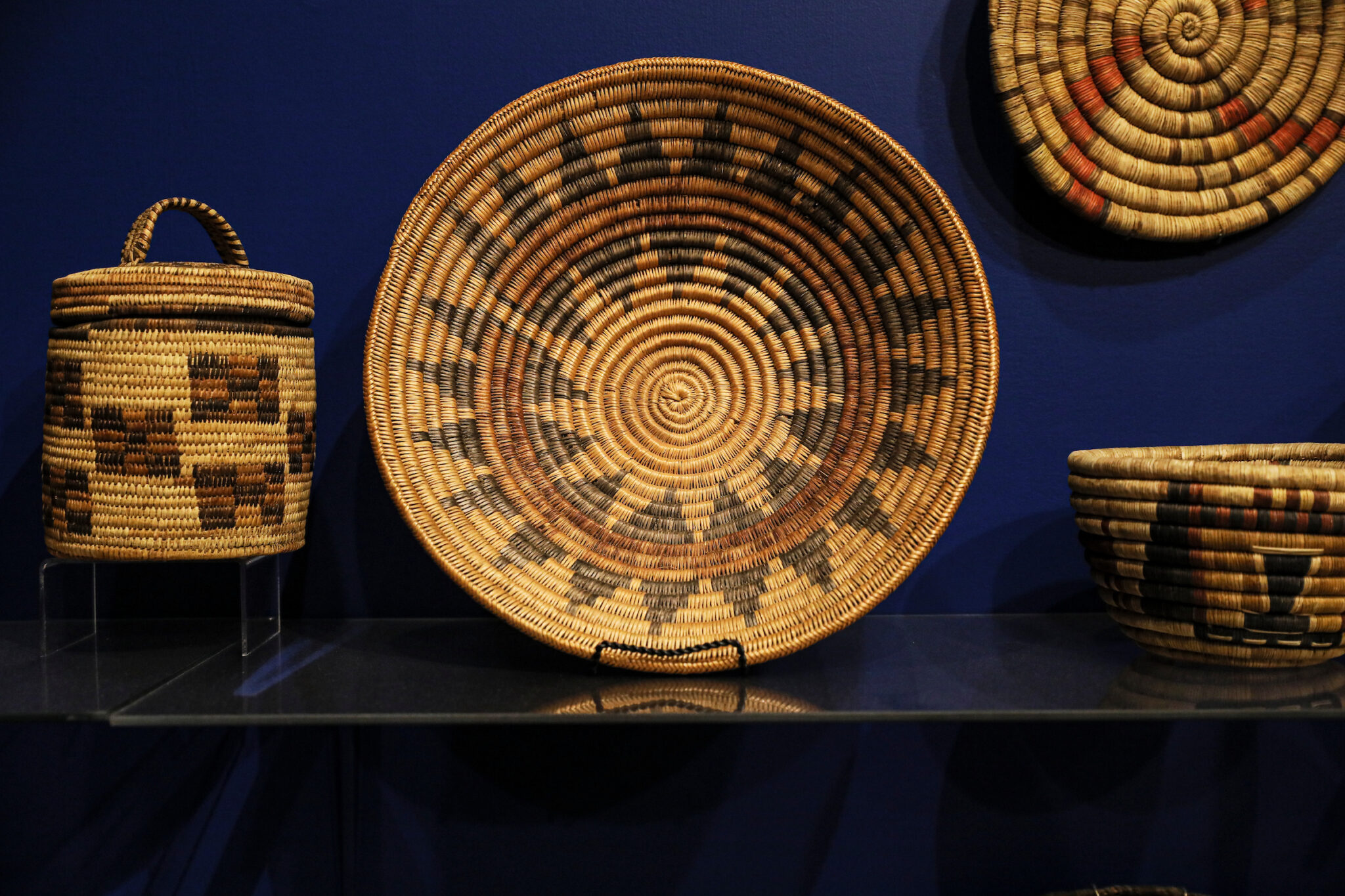
It’s all connected at the Museum, where visitors can see ash trees growing outside, then see how ash splints are prepared from logs to make baskets. They can examine a world-class collection of baskets — and register for a workshop to learn how to make them.
Visitors also learn about how the Emerald Ash Borer is decimating ash trees in New England. And they can ponder future environmental challenges, such as water supply.
The Museum’s 12-acre campus is designed to encourage respect for the environment. It includes the Betsy Janeway Arboretum and the Medicine Woods, where visitors on stone-lined paths can see and learn about more than 200 species of trees and plants used by Native people for food, medicine, tools and dyes.
Master Gardeners and volunteers have been improving the woods and garden — even adding QR codes to display information about the plants and trees. Such coding at indoor displays also will help guests who prefer self-guided, socially distant, tours.
Bullock said the operating grant helped the Museum adapt and improve. It supported new computers, enhanced training, revamped programs, virtual tours, improved marketing and taking programs to schools and other venues.
Whether visitors arrive in person or by computer, the Museum demonstrates that Native culture survives in New Hampshire today, not just in historic artifacts of yesterday.
“Hopefully, we inspire someone to look a little bit further,” Bullock said.

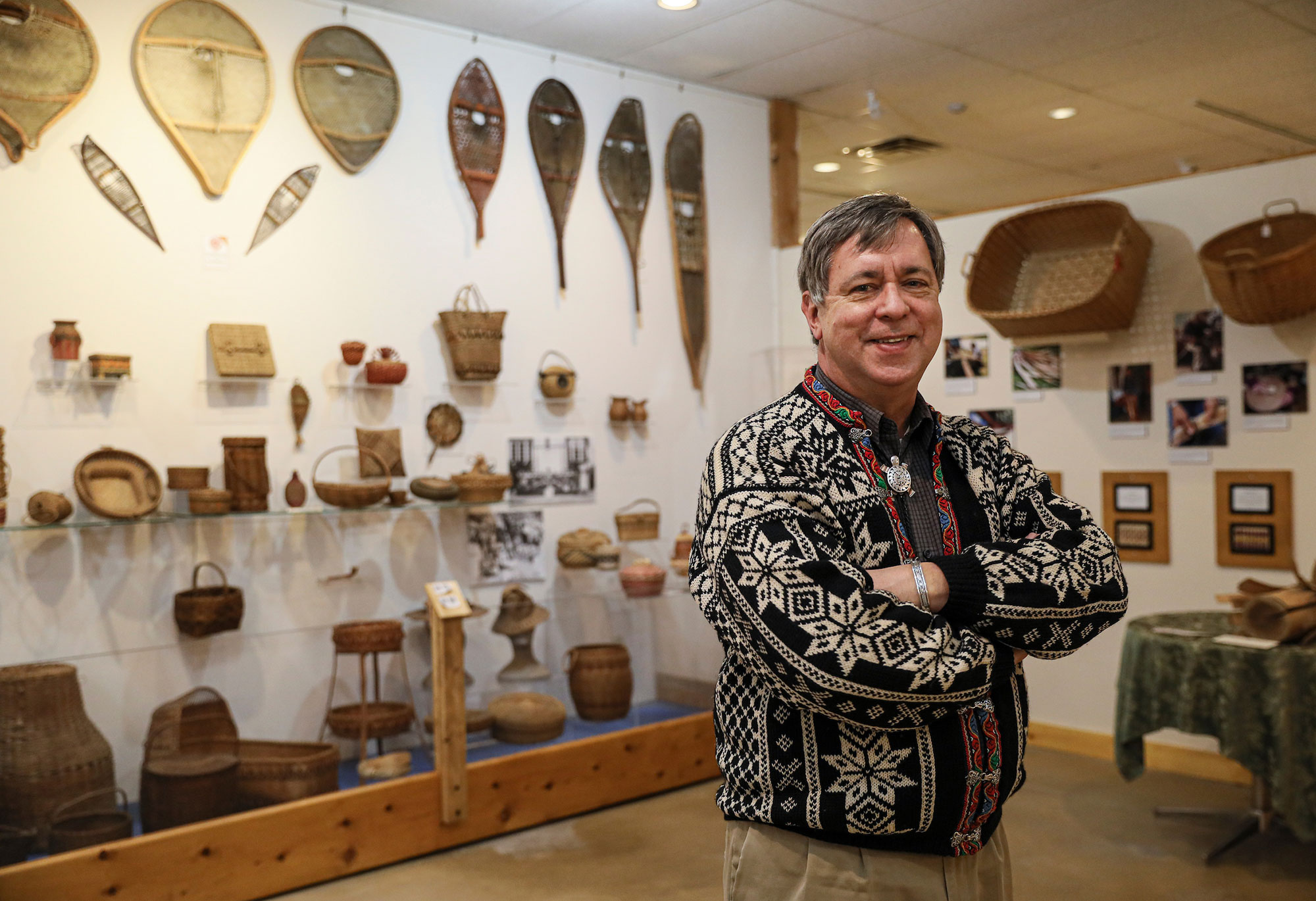






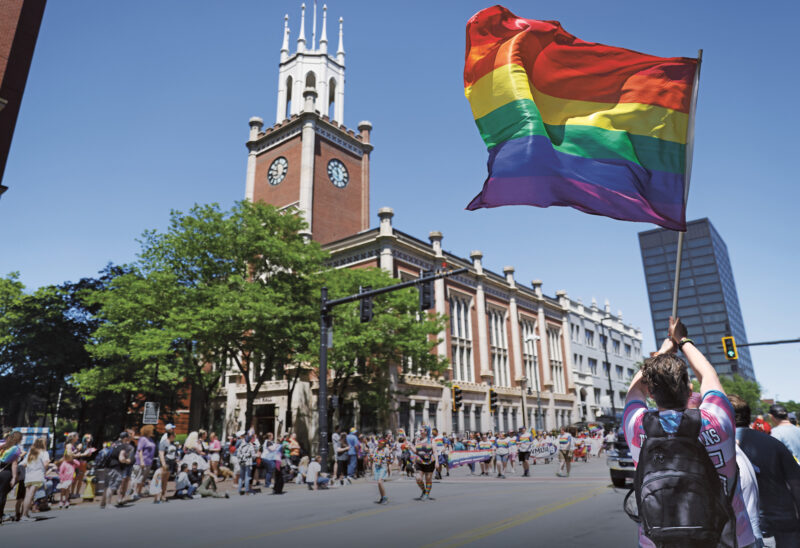
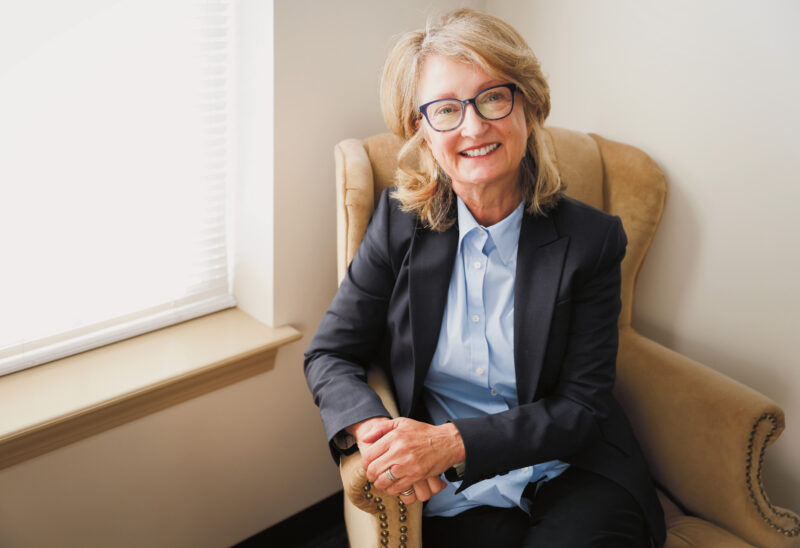
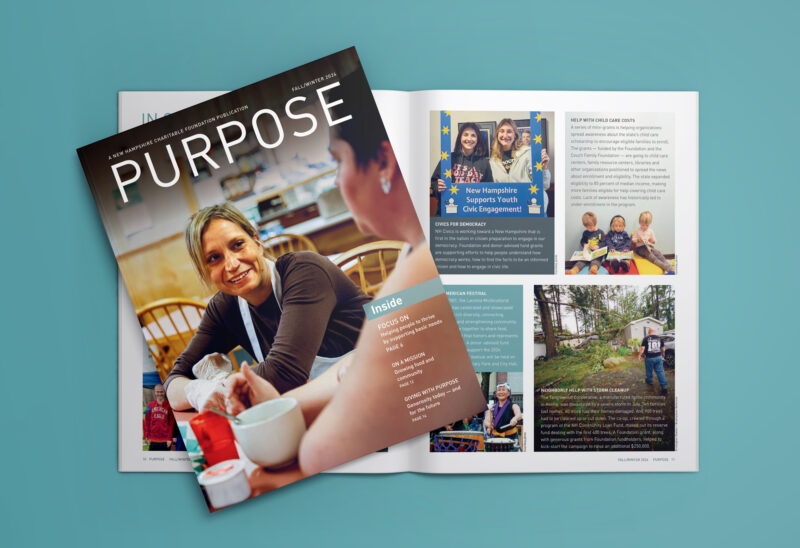
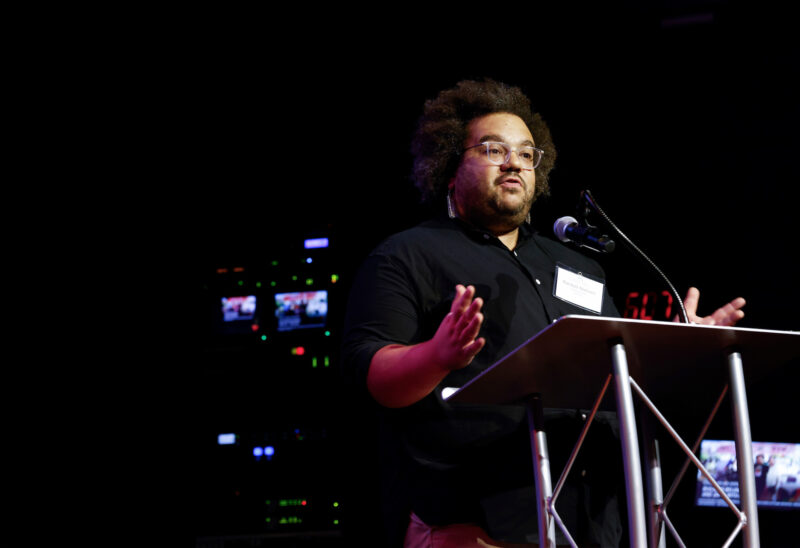
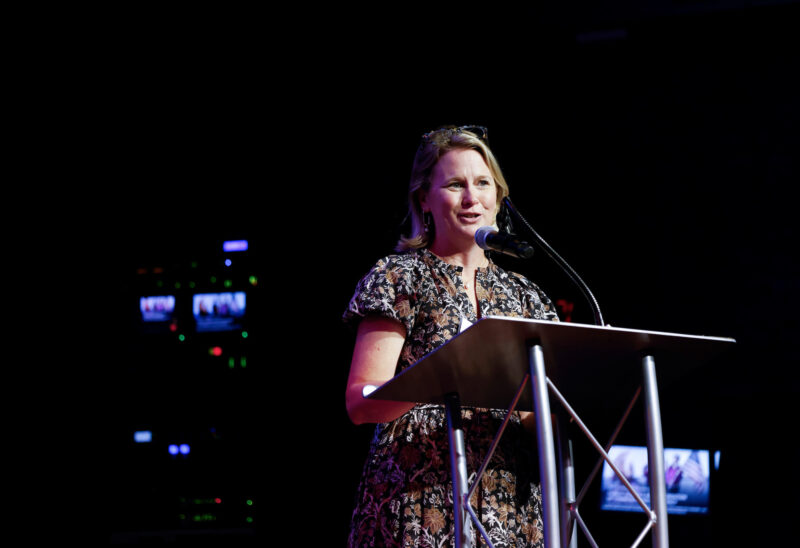

![Oluwakemi Olokunboyo of Dover received a McNabb scholarship to study nursing at Great Bay Community College [Photo by Cheryl Senter]](https://www.nhcf.org/wp-content/uploads/2024/05/Scholarship-Hero-800x548.jpg)

![Rev. Heidi Carrington Heath joined Seacoast Outright. [Photo by Cheryl Senter]](https://www.nhcf.org/wp-content/uploads/2024/05/Heidi-Carrington-Thumbnail-800x548.jpg)
![Dr. Jennie Hennigar treats a patient at the Tamworth Dental Center [Photo by Cheryl Senter]](https://www.nhcf.org/wp-content/uploads/2024/05/TCCAP-Hero-800x548.jpg)
